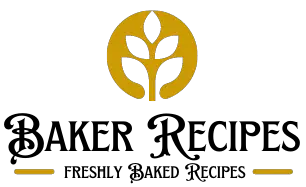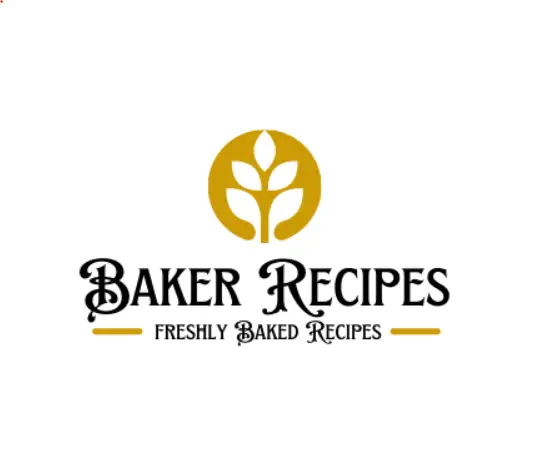The best delicious Basic White Bread recipe with easy-to-follow step-by-step instructions that are straightforward and foolproof. Try this Basic White Bread recipe today!
Hello my friends, this Basic White Bread recipe will not disappoint, I promise! Made with simple ingredients, our Basic White Bread is amazingly delicious, and addictive, everyone will be asking for more Basic White Bread.
What Makes This Basic White Bread Recipe Better?
The answer is simple, Simplicity, Foolproof, Straightforward, and Tested. Yes, all recipes have been tested before posting including this Basic White Bread.
Ready to make this Basic White Bread Recipe? Let’s do it!
Oh, before I forget…If you’re looking for recipes that are simple to follow, then we’ve got your back. With over 55,000 recipes in our database, we’ve got the best recipes you’re craving for.
2 c Warm milk (110-120 F.) 2 c Water, and
2 tb Sugar 2/3 c Dry milk for the 2 cups of
1 pk Active dry yeast -milk called for above.
1/4 c Melted unsalted butter INSTRUCTIONS
2 tb Salt Mix:
5 To 7 cups of white flour 2 c Warm milk (110-120 F.)
1/3 c Rye flour (optional), and 2 tb Sugar
1 c Wheat bran (optional). 1 pk Active dry yeast.
You may wish to subsitute:
This recipe started out as a recipe from James Beard’s “Beard on Bread”. It
is the standard and favorite white bread in our house. Most of the changes
to this bread are minor changes in procedure. I prefer to proof the yeast
in all of the liquid, He prefered to proof the yeast in 1/2 cup of liquid,
adding the rest later. I prefer to use powdered milk, he used fresh milk.
Are these changes minor or major? Try the bread both ways and you decide.
The changes were made mostly for the sake of convenience, but I have
noticed little loss of quality from them.
One of the nice things about this bread is that it serves as an excellent
base for experimentation. We have added wheat bran to it, and while it is
a different bread with the wheat bran in it, it is still a very nice bread.
We have added small amounts of rye flour to the bread to improve the
texture. So, have fun with this recipe. Make it without change while you
are learning, and have fun with it as you gain experience in baking!
Of the original version of this bread, James Beard says, “To most people
homemade bread means a slightly sweet loaf made with milk and some
shortening, quite light and rather fine in texture and much enjoyed when
fresh with a generous spreading of butter and preserves. It is also popular
for sandwiches and toast. Here is such a loaf, which I call ‘home-style’
to distinguish it from my other basic white bread. (2 loaves)”
INGREDIENT LIST
Stir well until the yeast is completely dissolved, and allow the yeast to
proof. If you wish, you may use water instead of milk, and then add 2/3
cup of powdered milk to the first solid ingredients used below. Once the
yeast has proofed, transfer the yeasty liquid to your main mixing bowl and
mix in: 1/4 cup melted unsalted butter, and 2 Tbsp salt.
If you used water to proof your yeast in, remember to add the 2/3 cup of
powdered milk at this point.
You may add 1/3 cup of rye flour at this point. It will greatly enhance
the texture of the bread. You may also add 1 cup of wheat bran at this
time. While this will darken the bread quite a bit, and, of course, add
some bran to it, it will not change the taste of the bread very much. Some
people prefer the taste of the bran’ned bread, others can’t tell the
difference blindfolded. If you use either of these additions, the amount
of total white flour will need to be adjusted.
Now add: 4 to 5 cups of white flour one cup at a time, stirring constantly,
until the dough is rather stiff.
Knead the dough in a mixer, or on a floured board or marble slab. Add more
white flour as needed as the dough gets sticky, up to 1 or 2 more cups. The
limit is about 6 cups of total flour. Continue kneading until the bread is
supple, satiny, and no longer sticky.
Butter or oil a bowl and place the dough in it, rolling the dough, so as to
cover the entire surface with butter or oil. Cover and allow to rise until
doubled in size, about 1 1/2 to 2 hours.
Punch down the dough, knead the dough for another 4 to 5 minutes. Divide
into two equal parts, shape into loaves. Place loaves into well-buttered 9″
x 5″ x 3″ bread pans, cover, and let rise until again doubled in size.
Slash the loaves with a sharp knife or a single-edged razor blade. You may
brush the loaves with lightly beaten egg whites, or water. Bake in a
pre-heated 400? F oven for 40 to 45 minutes, or until the bread sounds
hollow when tapped with the knuckles.
Remove the loaves from their pans, and put them back into the oven for a
few minutes longer to become crisped. Note – don’t leave them in the oven
too long for crisping, for crisping can quickly turn into burning!
Yields
6 servings


Leave a Reply